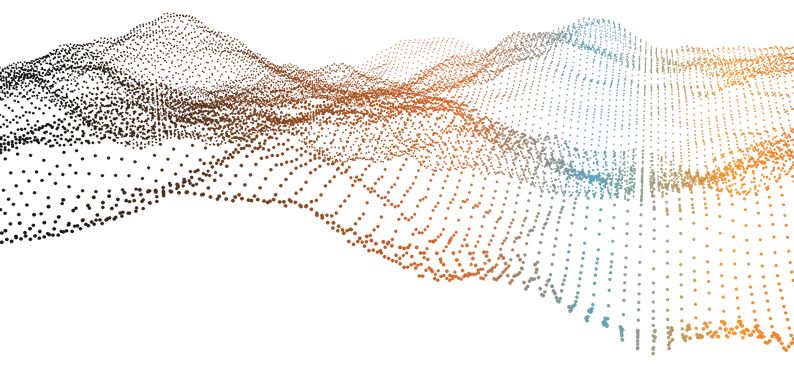
The Path to Intelligent Exploration: A Summary of Our AI Series

From theory to practice: A recap of the essentials for applying AI in geological projects
Artificial Intelligence is transforming mineral exploration, and in our blog series, we’ve journeyed from understanding basic concepts to the practical application of these powerful tools. To conclude, we summarize the key points of this journey.
1. Demystifying Key Concepts:
First, we established the basics:
- Data Science is the discipline that organizes and extracts knowledge from geological data.
- Machine Learning is the subfield that “learns” from that data to make predictions.
- Artificial Intelligence is the broader field that encompasses both and allows machines to solve complex problems. Understanding these differences is the first step to strategically integrating technology without being swept away by the “hype.”
If you want to go deeper on this topic, you can read the entire post here.
2. Choosing the Right Tool for Each Challenge:
We learned that there is no one-size-fits-all Machine Learning model. Like a geologist who uses specific tools for each task, it is vital to choose the right algorithm.
- Supervised learning is perfect when history guides us, using labeled data to predict grades or classify rocks.
- Unsupervised learning is ideal for discovering hidden patterns in the early stages of exploration, without the need for labels. The key is that the tool must fit the geological challenge, not the other way around.
If you want to go deeper on this topic, you can read the entire post here.
3. Data Quality: The Recipe for Success:
Finally, we highlighted the most important ingredient: quality data. A Machine Learning model, no matter how advanced, is useless if it is trained with poor information. Clean and relevant data, accurate labeling, the correct selection of features, and rigorous validation are the fundamental recipe for obtaining reliable and actionable results.
If you want to go deeper on this topic, you can read the entire post here.
Conclusion: Connecting the Dots
These three concepts are intrinsically linked: a solid foundation in Data Science, the strategic choice of the Machine Learning model, and the use of high-quality data are the pillars of intelligent exploration. By mastering each of these elements, geological teams can enhance their capabilities and make more informed and precise decisions.
If you have any questions, don’t hesitate to contact us here!
